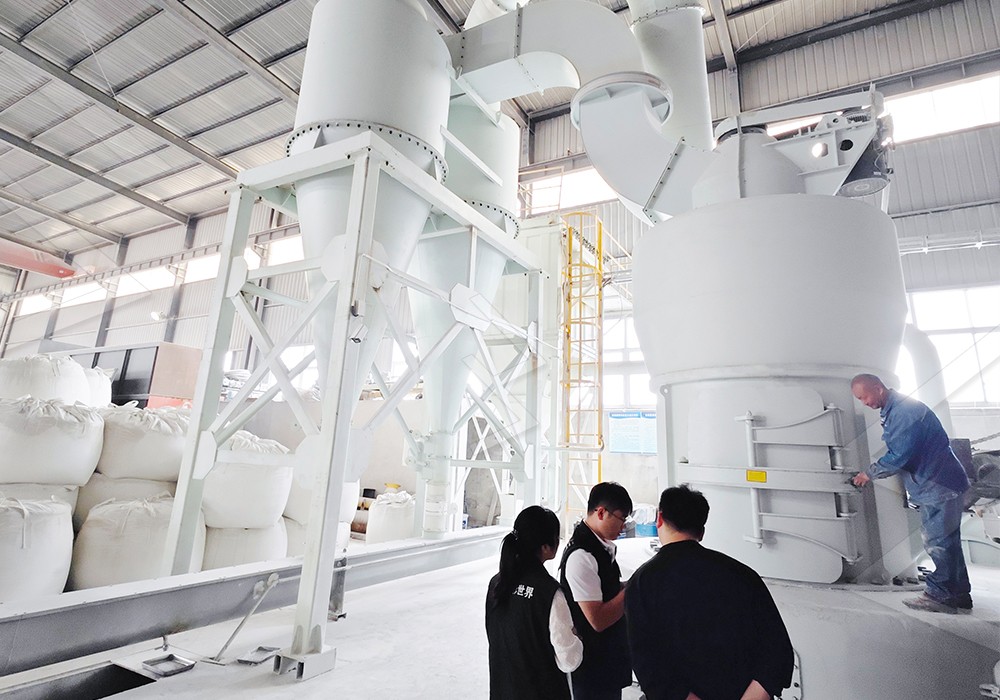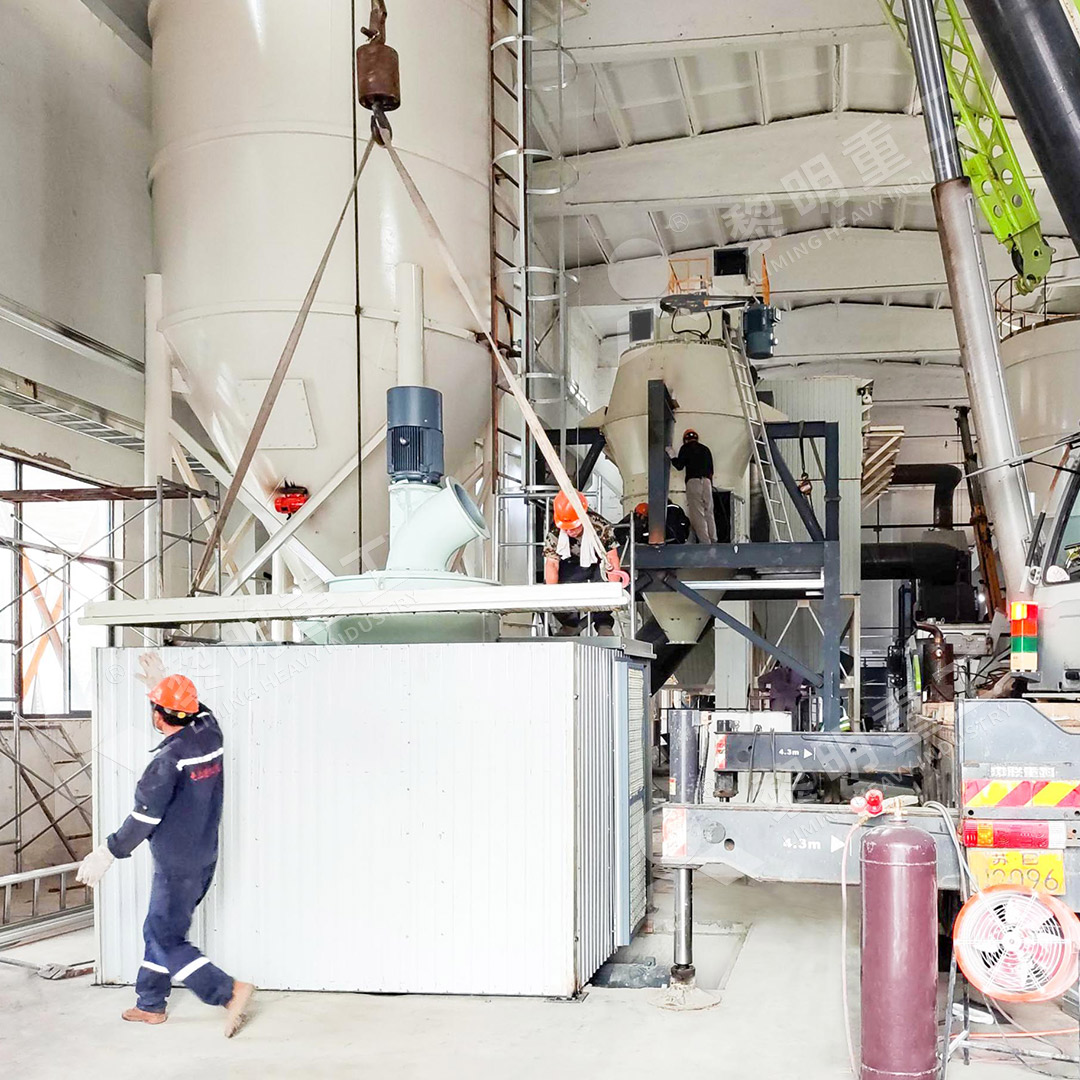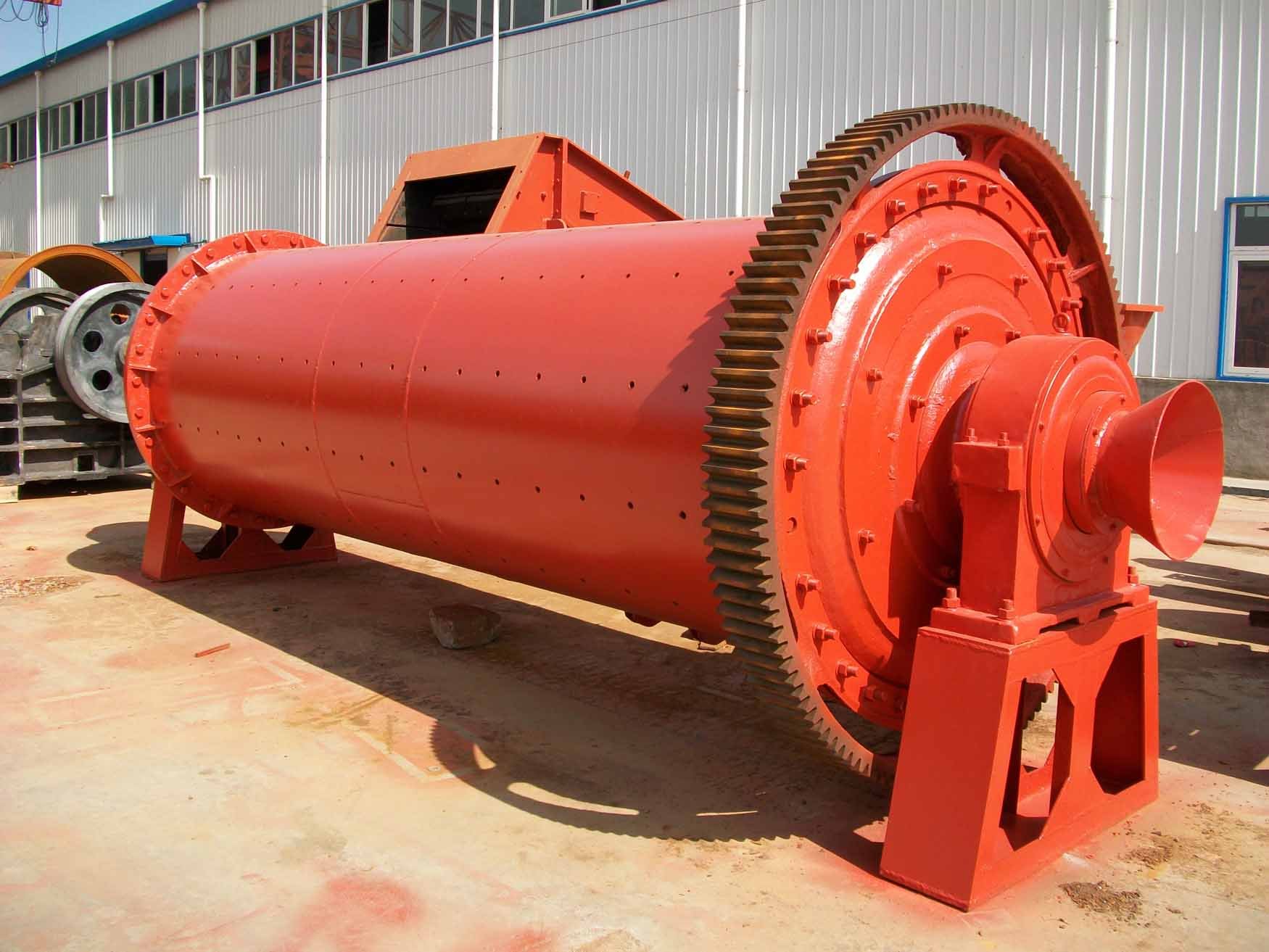Cost of Ball Mill Machine for Ballast Stone Grinding
Understanding Ball Mill Costs for Ballast Stone Processing
When evaluating the cost of ball mill machinery for ballast stone grinding operations, several critical factors extend beyond the initial purchase price. Ballast stone, typically composed of hard materials like basalt, granite, or limestone, requires robust grinding equipment capable of handling abrasive materials while maintaining operational efficiency. Traditional ball mills have served this industry for decades, but modern alternatives offer significant advantages in energy consumption, maintenance requirements, and overall operational costs.

The true cost of ball mill ownership encompasses multiple components: initial investment, energy consumption, maintenance expenses, spare parts replacement, and operational downtime. For ballast stone grinding applications, where material hardness typically ranges between 6-8 on the Mohs scale, wear part replacement can become a substantial ongoing expense. Additionally, the energy-intensive nature of traditional ball milling makes power consumption a major cost consideration over the equipment’s lifespan.
Modern Alternatives to Traditional Ball Mills
While ball mills have been the conventional choice for mineral processing, technological advancements have introduced more efficient solutions. For operations requiring ultra-fine powder production from ballast stone, our MW Ultrafine Grinding Mill presents a compelling alternative. This advanced mill system handles input sizes up to 20mm with capacities ranging from 0.5 to 25 tons per hour, making it suitable for various ballast processing requirements.
The MW Ultrafine Grinding Mill incorporates several cost-saving features specifically beneficial for hard stone processing. Its innovative design eliminates rolling bearings and screws within the grinding chamber, significantly reducing maintenance concerns and associated downtime costs. The efficient pulse dust collector ensures environmentally compliant operation without additional filtration expenses, while the adjustable fineness between 325-2500 meshes provides production flexibility for different ballast specifications.

Key Cost Considerations for Ballast Grinding Operations
When calculating the total cost of ownership for ballast grinding equipment, operators should evaluate these critical factors:
- Energy Efficiency: Traditional ball mills typically consume 30-40% more energy than advanced vertical grinding systems for equivalent output
- Wear Part Replacement: The abrasive nature of ballast stone accelerates component wear, making material durability a crucial cost factor
- Operational Labor: Automated systems reduce manpower requirements and associated labor costs
- Production Yield: Higher efficiency mills produce more usable product per ton of raw material
- Environmental Compliance: Integrated dust collection systems eliminate the need for additional pollution control equipment
For operations requiring even higher capacity, our LUM Ultrafine Vertical Grinding Mill offers additional advantages with input sizes up to 10mm and capacities of 5-18 tph. Its unique roller shell and lining plate grinding curve specifically addresses the challenges of hard material processing, while the reversible structure simplifies maintenance procedures – a significant cost-saving feature for ballast grinding applications.
Long-Term Operational Economics
The most significant cost savings in ballast stone grinding often emerge during long-term operation rather than initial acquisition. Advanced grinding systems typically demonstrate 40-50% lower energy consumption compared to traditional ball mills, translating to substantial electricity cost reductions over the equipment’s operational lifespan. Additionally, reduced vibration and more stable operation decrease structural stress on supporting facilities, extending their service life and reducing indirect costs.

Digital monitoring capabilities in modern grinding equipment enable predictive maintenance scheduling, preventing unexpected breakdowns and the associated production losses. The availability of genuine spare parts and comprehensive technical support further ensures uninterrupted operation, a critical consideration for ballast production facilities serving construction and railway industries where consistent supply is essential.
Frequently Asked Questions
What is the typical energy consumption difference between traditional ball mills and modern grinding systems for ballast stone?
Modern grinding systems like the MW Ultrafine Grinding Mill typically consume 30-50% less energy compared to traditional ball mills when processing equivalent quantities of ballast stone, resulting in significant operational cost savings.
How does material hardness affect grinding equipment costs?
Hard ballast stones (6-8 Mohs) accelerate wear part deterioration. Equipment with specialized wear-resistant components and designs that minimize direct metal-to-stone contact significantly reduce long-term replacement costs.
What maintenance features should I prioritize for ballast grinding operations?
Key features include external lubrication systems allowing maintenance without shutdown, easily replaceable wear parts, and designs that eliminate internal components prone to failure from abrasive materials.
Can modern grinding systems handle the production volume required for ballast operations?
Yes, advanced systems like the MW Ultrafine Grinding Mill offer capacities up to 25 tph, with modular designs allowing for system scaling to meet specific production requirements while maintaining efficiency.
How important is particle size control for ballast applications?
Critical. Consistent particle size distribution ensures proper compaction and drainage properties. Modern mills with advanced separation technology provide precise control between 325-2500 meshes to meet exact specifications.
